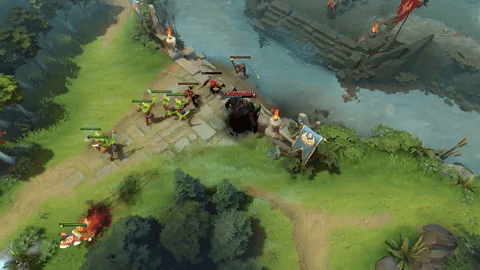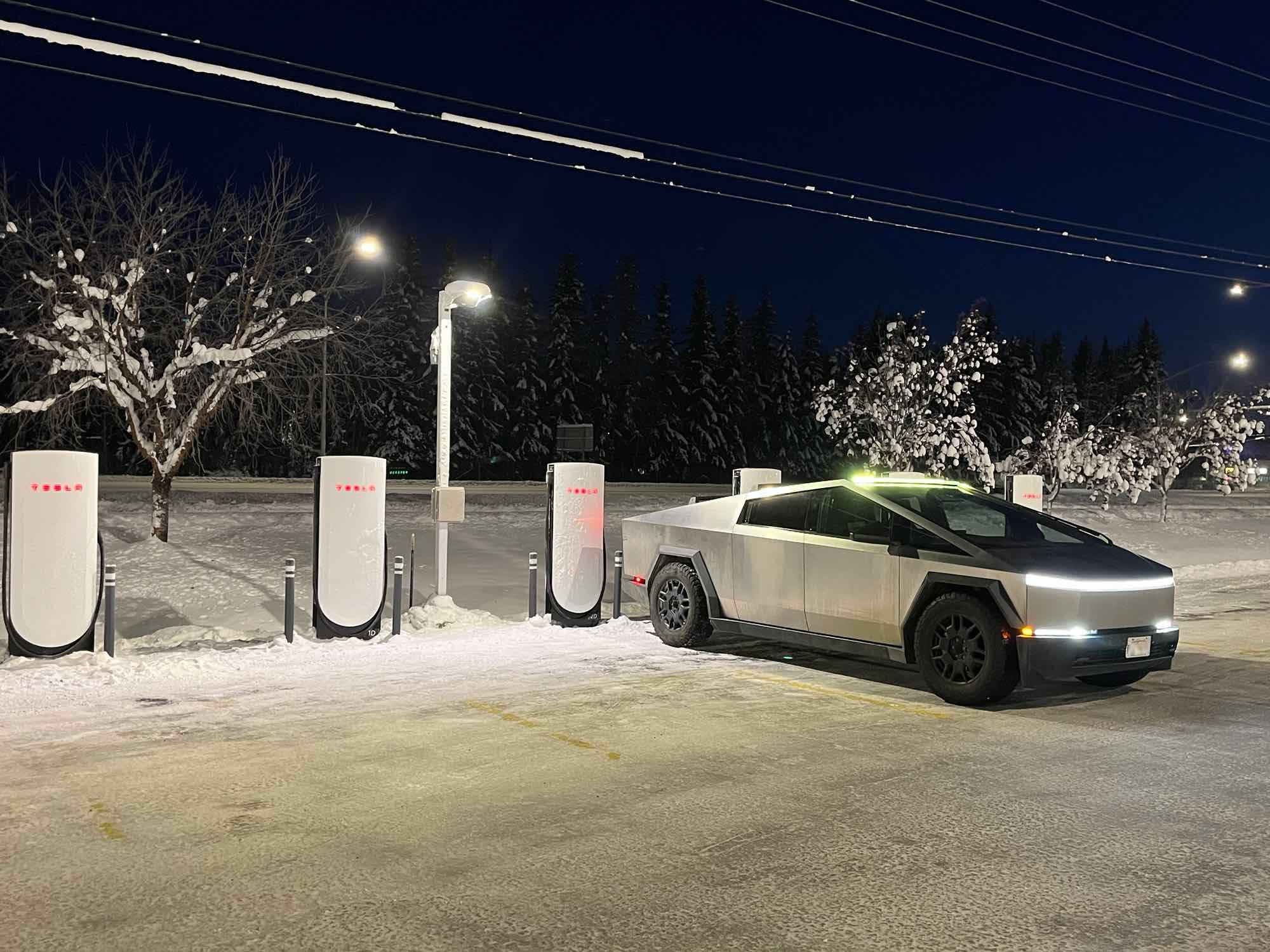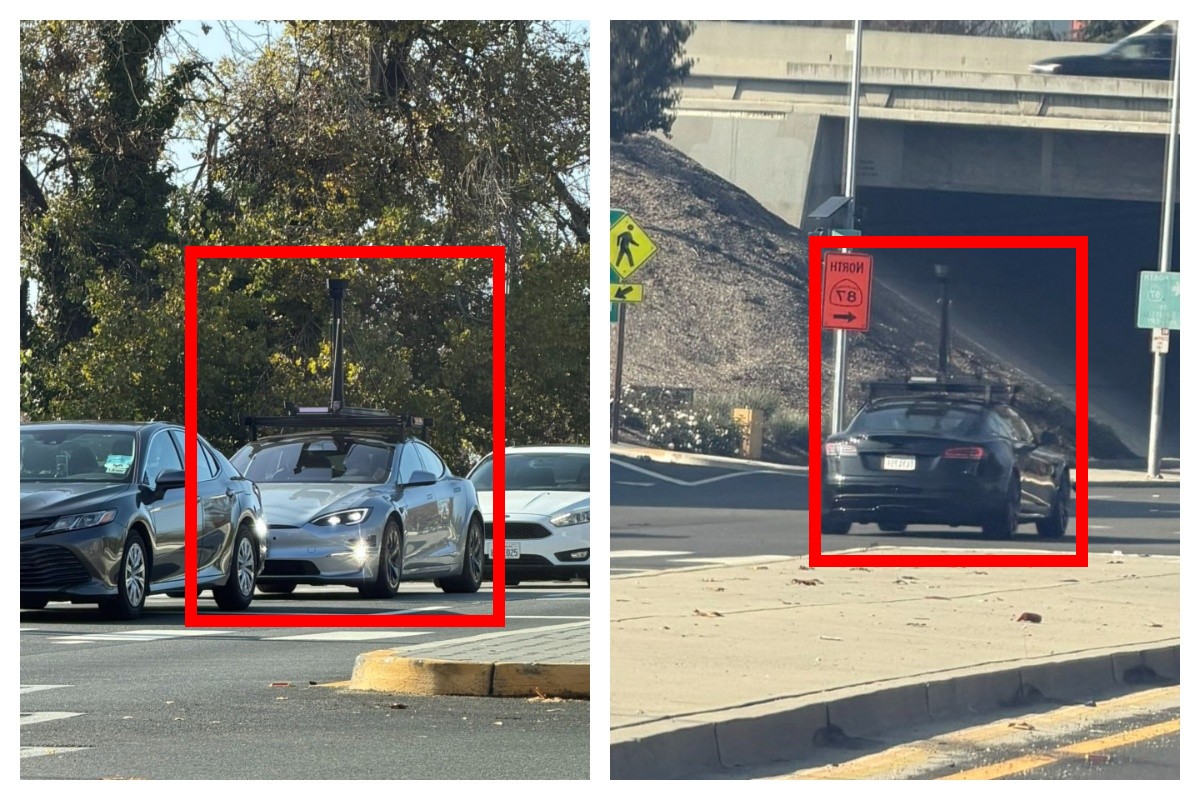

News
Elon Musk’s OpenAI to battle in Dota 2 World Championship video game tournament
OpenAI, a research lab co-founded by Elon Musk, has developed a new breed of AI agents that are capable of playing Dota 2, a complex strategy game, in 5-on-5 multiplayer matches. OpenAI’s new bots have so far been able to beat amateur and semi-professional teams. With this accomplished, the research lab is now looking to bring its bots to The International, a prolific Dota 2 tournament, this coming August.
The new bots go by the name of OpenAI Five, a reference to the number of neural networks working together in the team. To train the neural networks, the AI has been playing roughly 180 years worth of gameplay every day using reinforcement learning. This enables the AI to learn the intricacies of the game, considering that it is far more complicated than board games like Chess and Go. Dota 2, for example, involves hiding data from players, preventing the system from perceiving the entire playing field at a given time.
The hardware employed by the research lab to train OpenAI Five is impressive. The five neural networks train through a scaled-up version of Proximal Policy Optimization running on 256 GPUs and 128,000 CPU cores. The same setup was adopted in a much smaller scale last year when OpenAI rolled out an artificial intelligence system that proved capable of beating the best Dota 2 players in the world in 1-on-1 matches.
Currently, however, OpenAI Five can only play the game with several restrictions. For one, the AI system can only use five of the 115 heroes available in the game. Skills such as Invisibility, Summons, and the placement of wards are also disabled. The research lab, however, hopes that through time, the neural networks would be able to play the game without any restrictions at all.
As could be seen in a recent video shared by the research lab, OpenAI Five is actually being received well by the Dota 2 community. Professional Dota 2 player Blitz, for one, noted that the bots are adopting strategies that are incredibly effective. In a match against OpenAI Five, Blitz, together with four employees of the research lab, put up a fight before getting dominated by the articificial intelligence. In a statement after the game, Blitz sheepishly stated that the bots capitalized on every small error he made during the match.
“I think the team fight aspect of the bot(s) was excellent. It didn’t mess up. When it came to coordination, it was some of the best pure team fighting because it felt like I was getting hammered every single time I made a mistake. I feel like normal humans don’t do that,” the professional Dota 2 player said.
So what’s the secret behind OpenAI Five? In a statement to The Verge, OpenAI CTO Greg Brockman noted that unlike human players, the bots have “no ego” when they play the game. The teamwork aspect of the bots was also trained by allowing them to work individually at first, then encouraging them to work together.
“The bots are totally willing to sacrifice a lane or abandon a hero for the greater good. For fun, we had a human drop in to replace one of the bots. We hadn’t trained them to do anything special, but he said he just felt so well-supported. Anything he wanted, the bots got him,” Brockman said.
Ultimately, Brockman is encouraged by OpenAI Five’s development so far. The research, after all, is motivated by the idea that if AI systems can be trained to perform complex tasks such as learning a game as intricate as Dota 2, it could eventually be used to solve equally complex real-world challenges. Some examples of real-world applications could be designing and managing a city’s transport structure, or the logistics of a massive business.
“This an exciting milestone, and it’s really because it’s about transitioning to real-life applications. If you’ve got a simulation of a problem and you can run it large enough scale, there’s no barrier to what you can do with this,” he said.

Cybertruck
Tesla updates Cybertruck owners about key Powershare feature

Tesla is updating Cybertruck owners on its timeline of a massive feature that has yet to ship: Powershare with Powerwall.
Powershare is a bidirectional charging feature exclusive to Cybertruck, which allows the vehicle’s battery to act as a portable power source for homes, appliances, tools, other EVs, and more. It was announced in late 2023 as part of Tesla’s push into vehicle-to-everything energy sharing, and acting as a giant portable charger is the main advantage, as it can provide backup power during outages.
Cybertruck’s Powershare system supports both vehicle-to-load (V2L) and vehicle-to-home (V2H), making it flexible and well-rounded for a variety of applications.
However, even though the feature was promised with Cybertruck, it has yet to be shipped to vehicles. Tesla communicated with owners through email recently regarding Powershare with Powerwall, which essentially has the pickup act as an extended battery.
Powerwall discharge would be prioritized before tapping into the truck’s larger pack.
However, Tesla is still working on getting the feature out to owners, an email said:
“We’re writing to let you know that the Powershare with Powerwall feature is still in development and is now scheduled for release in mid-2026.
This new release date gives us additional time to design and test this feature, ensuring its ability to communicate and optimize energy sharing between your vehicle and many configurations and generations of Powerwall. We are also using this time to develop additional Powershare features that will help us continue to accelerate the world’s transition to sustainable energy.”
Owners have expressed some real disappointment in Tesla’s continuous delays in releasing the feature, as it was expected to be released by late 2024, but now has been pushed back several times to mid-2026, according to the email.
Foundation Series Cybertruck buyers paid extra, expecting the feature to be rolled out with their vehicle upon pickup.
Cybertruck’s Lead Engineer, Wes Morrill, even commented on the holdup:
As a Cybertruck owner who also has Powerwall, I empathize with the disappointed comments.
To their credit, the team has delivered powershare functionality to Cybertruck customers who otherwise have no backup with development of the powershare gateway. As well as those with solar…
— Wes (@wmorrill3) December 12, 2025
He said that “it turned out to be much harder than anticipated to make powershare work seamlessly with existing Powerwalls through existing wall connectors. Two grid-forming devices need to negotiate who will form and who will follow, depending on the state of charge of each, and they need to do this without a network and through multiple generations of hardware, and test and validate this process through rigorous certifications to ensure grid safety.”
It’s nice to see the transparency, but it is justified for some Cybertruck owners to feel like they’ve been bait-and-switched.
News
Tesla’s northernmost Supercharger in North America opens

Tesla has opened its northernmost Supercharger in Fairbanks, Alaska, with eight V4 stalls located in one of the most frigid cities in the U.S.
Located just 196 miles from the Arctic Circle, Fairbanks’s average temperature for the week was around -12 degrees Fahrenheit. However, there are plenty of Tesla owners in Alaska who have been waiting for more charging options out in public.
There are only 36 total Supercharger stalls in Alaska, despite being the largest state in the U.S.
Eight Superchargers were added to Fairbanks, which will eventually be a 48-stall station. Tesla announced its activation today:
North America’s northernmost Supercharger Fairbanks, AK (8 stalls) opened to public. https://t.co/M4l04DZ6B5 pic.twitter.com/zyL6bDuA93
— Tesla Charging (@TeslaCharging) December 12, 2025
The base price per kWh is $0.43 at the Fairbanks Supercharger. Thanks to its V4 capabilities, it can charge at speeds up to 325 kW.
Despite being the northernmost Supercharger in North America, it is not even in the Top 5 northernmost Superchargers globally, because Alaska is south of Norway. The northernmost Supercharger is in Honningsvåg, Norway. All of the Top 5 are in the Scandanavian country.
Tesla’s Supercharger expansion in 2025 has been impressive, and although it experienced some early-quarter slowdowns due to V3-to-V4 hardware transitions, it has been the company’s strongest year for deployments.
🚨🚨 Tesla Supercharging had a HUGE year, and they deserve to be recognized.
🍔 Opened Tesla Diner, a drive-in movie theater with awesome, Chef-curated cuisine
🔌 Gave access to Superchargers to several EV makers, including Hyundai, Genesis, Mercedes-Benz, Kia, Lucid, Toyota,… pic.twitter.com/yYT2QEbqoW
— TESLARATI (@Teslarati) December 10, 2025
Through the three quarters of 2025, the company has added 7,753 stations and 73,817 stalls across the world, a 16 percent increase in stations and an 18 percent increase in stalls compared to last year.
Tesla is on track to add over 12,000 stalls for the full year, achieving an average of one new stall every hour, an impressive statistic.
Recently, the company wrapped up construction at its Supercharger Oasis in Lost Hills, California, a 168-stall Supercharger that Tesla Solar Panels completely power. It is the largest Supercharger in the world.
News
Tesla shocks with latest Robotaxi testing move
Why Tesla has chosen to use a couple of Model S units must have a reason; the company is calculated in its engineering and data collection efforts, so this is definitely more than “we just felt like giving our drivers a change of scenery.”

Tesla Model S vehicles were spotted performing validation testing with LiDAR rigs in California today, a pretty big switch-up compared to what we are used to seeing on the roads.
Tesla utilizes the Model Y crossover for its Robotaxi fleet. It is adequately sized, the most popular vehicle in its lineup, and is suitable for a wide variety of applications. It provides enough luxury for a single rider, but enough room for several passengers, if needed.
However, the testing has seemingly expanded to one of Tesla’s premium flagship offerings, as the Model S was spotted with the validation equipment that is seen entirely with Model Y vehicles. We have written several articles on Robotaxi testing mules being spotted across the United States, but this is a first:
🚨 Tesla is using Model S vehicles fitted with LiDAR rigs to validate FSD and Robotaxi, differing from the Model Ys that it uses typically
Those Model Y vehicles have been on the East Coast for some time. These Model S cars were spotted in California https://t.co/CN9Bw5Wma8 pic.twitter.com/UE55hx5mdd
— TESLARATI (@Teslarati) December 11, 2025
Why Tesla has chosen to use a couple of Model S units must have a reason; the company is calculated in its engineering and data collection efforts, so this is definitely more than “we just felt like giving our drivers a change of scenery.”
It seems to hint that Tesla could add a premium, more luxury offering to its Robotaxi platform eventually. Think about it: Uber has Uber Black, Lyft has Lyft Black. These vehicles and services are associated with a more premium cost as they combine luxury models with more catered transportation options.
Tesla could be testing the waters here, and it could be thinking of adding the Model S to its fleet of ride-hailing vehicles.
Reluctant to remove the Model S from its production plans completely despite its low volume contributions to the overall mission of transitioning the world to sustainable energy, the flagship sedan has always meant something. CEO Elon Musk referred to it, along with its sibling Model X, as continuing on production lines due to “sentimental reasons.”
However, its purpose might have been expanded to justify keeping it around, and why not? It is a cozy, premium offering, and it would be great for those who want a little more luxury and are willing to pay a few extra dollars.
Of course, none of this is even close to confirmed. However, it is reasonable to speculate that the Model S could be a potential addition to the Robotaxi fleet. It’s capable of all the same things the Model Y is, but with more luxuriousness, and it could be the perfect addition to the futuristic fleet.








